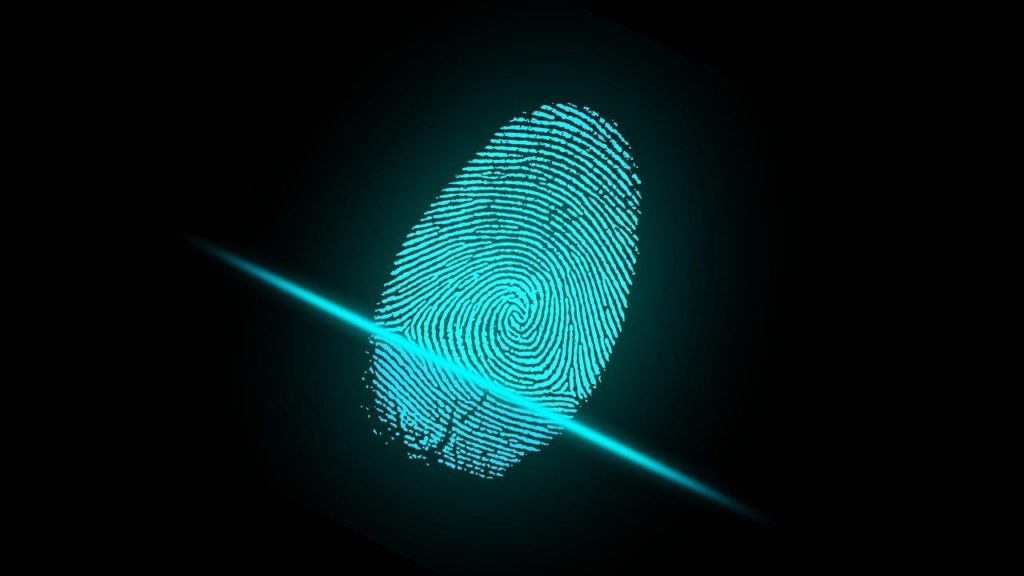
By Hilary N. Karasz, Public Health – Seattle & King County
After 35 years of wondering, a family finally has answers to what happened to their loved one who had been missing for more than three decades. And the King County Medical Examiner’s Office is finally able to officially identify an unidentified person who died in a Seattle park in 1985.
The King County Medical Examiner’s Office Dr. Kathy Taylor told the Public Health Insider how all the pieces came together:
In October 1984 the King County Medical Examiner’s Office (KCMEO) investigated the death of a young adult male who was found in a local park. The man had no identification.
The KCMEO used all methods available at the time in an attempt to identify the man, including obtaining a full set of fingerprints.
The fingerprints were regularly run through the Automated Fingerprint Identification System (AFIS) in the years following his death. His profile and a sketch were posted on publicly accessible websites including the National Missing and Unidentified Persons System and the Doe Network. Unfortunately, despite on-going attempts, no positive leads were made to link the dead man to any missing person.
Meanwhile, a woman living out of state began to investigate what happened to her uncle, who had been missing since the early 1980s. As part of her search, she read a decedent’s profile on NamUs and the Doe Network and noted strong similarities to what she knew of her missing uncle. In the fall of 2019 she contacted Dr. Kathy Taylor at the KCMEO to see if Dr. Taylor could help.
No DNA was available so a different approach was needed
Often, people are conclusively identified by matching DNA from a living relative to the person who has died. Unfortunately, in this case, the unidentified young man had been buried 35 years ago and there were no samples available for DNA comparison. Dr. Taylor took another approach.
She asked the family if they had kept any letters sent to them by their missing loved one. Thankfully, the man’s sister had kept a letter he sent to the family in 1981.
The family provided the letter to Dr. Taylor, who in turn submitted it to the King County Automated Fingerprint Identification System (AFIS) latent print unit with the hopes of obtaining a latent fingerprint match.
Latent fingerprints are created when the oils and sweat from a person’s fingertips touch a surface. They are only usually visible by applying special powders, chemicals, or lights.
The highly skilled latent print examiners at King County’s AFIS unit worked to lift two faint latent prints off of the letter provided by the family. A team of AFIS experts compared the lifted prints to the print card of the dead man taken when his autopsy was conducted at the KCMEO back in 1985.
Miraculously, one print matched and provided a positive identification of the dead man after 35 years.
“The family is very grateful to finally know what happened to their missing loved one and to have the opportunity to formally grieve their loss,” said Dr. Taylor. “Mr. Mark L. Ashland was 30 years old when he died, and now, the family finally has answers as to what happened to him.”
Unidentified cases can take years to be solved but the work to do so is on-going
“The King County Medical Examiner’s Office never gives up on identifying the unidentified,” said Dr. Taylor. “Every person deserves to have their name restored after death and every family of a missing person deserves to know what happened to their loved one.”
Family and friends of missing people can help.
“Families or friends of the missing should never give up hope,” said Dr. Taylor. “Make sure the missing person is reported to law enforcement and entered into all applicable data bases.
This is especially important for individuals reported missing in the 60’s, 70’s and 80’s before the use of modern computer systems. Many reports from earlier decades have potentially been lost and the need exists to re-report them.”
Families searching for a missing loved one can also access the public websites such as NamUs.org and The Doe Network to look for possible matches. Contact the King County Medical Examiner’s Office if you have any information on an unidentified decedent.
Gratitude to everyone who helped solve this case
Dr. Taylor is grateful to the AFIS unit at King County Sheriff’s Office, and explained that this case would have been significantly more difficult, if not impossible, to solve without being able to do the fingerprint comparison.
Given that Mr. Ashland was buried 35 years ago, the print comparison was the best and most realistic option. NamUs.org and The Doe Network are also critical to identifying missing people. Families and professionals alike use these public websites to identify the thousands of people who die without identity every year.
Dr. Taylor also extends sincere thanks to the family for doing the research and making the call that ultimately allowed us to give this John Doe back his name.